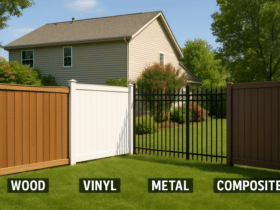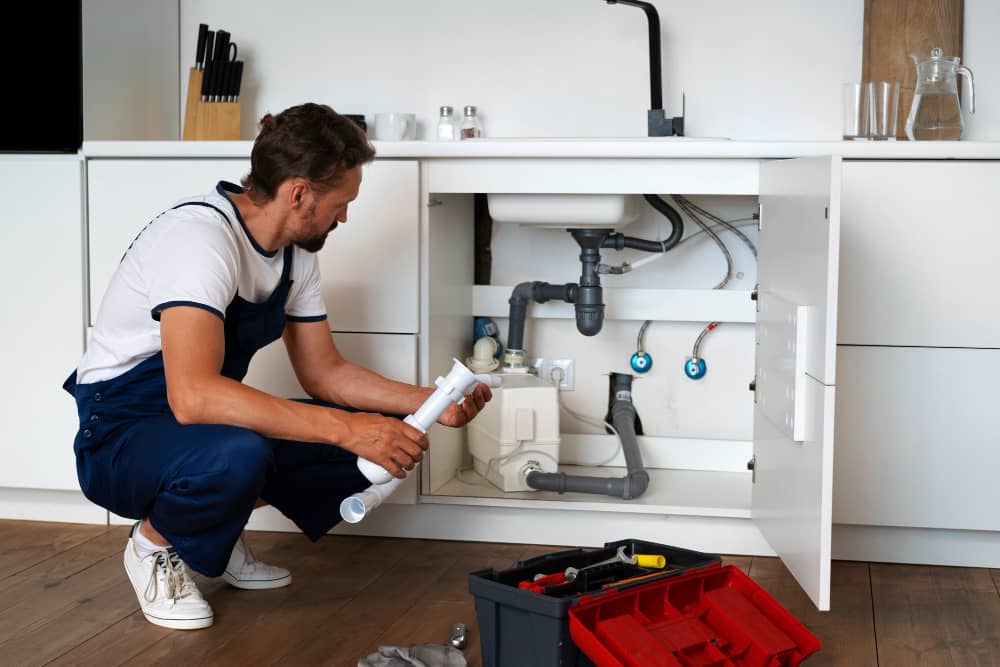Table of Contents
- Why Leaks Go Unnoticed in Homes and Businesses
- Case Studies: Recent Water Leak Incidents
- Early Warning Signs of Water Leaks
- Tools and Tech for Leak Detection
- DIY vs. Professional Assistance: Which Approach Works Best?
- Long-Term Effects of Untreated Leaks
- Creating a Leak Prevention Plan
- Public Tips from Safety Regulators
Why Leaks Go Unnoticed in Homes and Businesses
Most water leaks begin their life cycle tucked away in the least accessible corners of the home or workplace. Because modern plumbing networks run under floors, behind walls, and sometimes beneath a building, even a steady trickle can remain concealed for weeks or months. Interruptions in daily routines are rare, and the absence of visible puddles often leads people to disregard the possibility of a leak entirely.
Visual inspections, though necessary, rarely uncover problems that develop in hard-to-reach spots. For example, a pipe joint that cracks ever so slightly behind drywall won’t present symptoms until the escaping water has traveled a considerable distance, soaking insulation and framing before signs become obvious. Busy work environments pose unique challenges, with ambient noise from people and machines often masking the subtle sounds of running water. This makes detection urgent when you consider how quickly a simple issue can spiral. Many rely on professional 24-hour leak detection services to rapidly pinpoint trouble, reduce downtime, and prevent major losses from developing in the middle of the night or during weekends when buildings are unoccupied.
Case Studies: Recent Water Leak Incidents
Water leak incidents can affect anyone, from private homeowners to government-run facilities. Notably, in recent years, large municipal buildings have suffered extensive property damage and public disruption after undetected leaks went unnoticed overnight or during weekends. Swift detection and response make all the difference. Delays in identifying leaks, especially in aging infrastructures, have cost taxpayers millions of dollars, highlighting the financial and environmental value of proactive monitoring.
While not every leak event garners media attention, lessons learned from these cases underscore that a swift response, advanced detection technology, and regular maintenance should be standard procedures for all property owners. Early detection is a smart investment, as it helps control costs and safeguard critical infrastructure.
Early Warning Signs of Water Leaks
Subtle clues often emerge before a leak becomes a serious problem, but they are easy to overlook unless you’re paying close attention. One of the most common tip-offs is a sharp or gradual increase in your water bill, even if your usage habits remain consistent. You may also notice persistent musty or earthy odors, which often signal the growth of mold or mildew fed by excess moisture behind surfaces. Discoloration or bubbling paint on ceilings and walls, warped floors, and recurring damp patches on carpets or tiles all indicate moisture infiltration that merits immediate follow-up. According to the EPA’s Fix a Leak Week, the average household squanders nearly 10,000 gallons of water every year due to undetected leaks, enough to wash more than 300 loads of laundry. These hidden water losses can multiply dramatically in commercial spaces, resulting in unnecessary spikes in utility bills, structural damage, or even mold outbreaks.
Additional warning signs include the presence of condensation on pipes or puddles in areas that should be dry, like under kitchen sinks or near water heaters. In two-story homes or offices, water stains on the ceilings situated directly below bathrooms or kitchens indicate possible leaks in the upper-level plumbing. Sometimes, the only hint is a faint background noise, a gentle trickle or drip, or the sound of water running when all faucets and appliances are confirmed off. Staying alert to these early red flags can prevent an issue from escalating into extensive, expensive damage.
Tools and Tech for Leak Detection
Modern leak detection is empowered by technology, allowing both property owners and professionals to find leaks quickly and with minimal disruption. Gone are the days when guesswork and physical inspection alone determined the next steps. Acoustic sensors, for example, can detect the specific high-frequency sounds made by water as it escapes from a pipe. These specialized microphones can hear through walls, floors, and even concrete slabs, enabling professionals to pinpoint trouble spots with precision.
Thermal imaging cameras have become another valuable tool in the arsenal. By picking up on slight temperature variations, these cameras highlight cooler or warmer regions, indicating where moisture may be accumulating. Homeowners can now purchase smart water monitors or leak alarms that interface with their smartphones, providing real-time updates and notifications if abnormal moisture or water flow is detected. Professional leak detection also utilizes pressure testing, tracer gas, and ultrasonic tools to identify leaks otherwise invisible to the naked eye. Each advancement in this field means fewer invasive repairs and more efficient solutions, saving time, money, and stress for everyone involved.
DIY vs. Professional Assistance: Which Approach Works Best?
Many people start with do-it-yourself strategies, especially when a leak is suspected. A simple yet effective method involves monitoring your water meter: check the reading, avoid using any water for two hours, and see if the reading changes. Even the smallest movement might suggest water is escaping somewhere in your system. Using a few drops of food coloring in a toilet tank and watching for color seeping into the bowl (without flushing) can identify leaks in the flapper or inner tank components, one of the biggest household sources of wasted water.
However, DIY checks have their limits. Leaks located in main lines, beneath slabs, or behind walls often require specialized expertise and specialized equipment. Professional technicians draw on advanced skills and a range of precision instruments to detect, localize, and resolve leaks efficiently. Bringing in expert help at the first sign of a deeper issue can prevent major structural and health-related complications, offering a level of certainty and peace of mind that’s difficult to achieve on your own.
Long-Term Effects of Untreated Leaks
Failing to address leaks promptly is rarely harmless. Persistent dampness provides a conducive environment for mold growth, which is both unsightly and poses a potential threat to indoor air quality. Living or working in damp buildings increases the risk of respiratory illnesses, asthma, and allergies, particularly among children, the elderly, and individuals with compromised immune systems.
The consequences are not limited to health. Prolonged exposure to moisture weakens structural framing, erodes foundations, and can damage insulation and drywall. Over time, electrical outlets or wiring exposed to leaks can short-circuit or spark fires, adding another layer of risk. Catching leaks while they’re still small is crucial, as remediation costs rise steeply in proportion to the scale of the problem. Swift attention not only preserves property value but also safeguards the health of those who live or work inside.
Creating a Leak Prevention Plan
Preventing leaks starts with a little planning and regular attention. Whether you manage a large commercial campus or own a single-family home, adopting consistent inspection routines makes all the difference. It’s wise to inspect visible pipes, appliance hoses, and shutoff valves for signs of rust, corrosion, or moisture. Reviewing your monthly water bills and monitoring usage trends can help you identify small problems before they become expensive surprises.
- Schedule professional plumbing inspections at least twice a year to ensure optimal performance of your plumbing system. Spring and fall are popular times, as seasonal changes often stress pipes.
- Upgrade old pipes, hoses, and fixtures to WaterSense-labeled products, which improve efficiency and durability.
- Educate household members or building staff on reporting any water stains, dampness, or musty smells as soon as they appear.
- Implement a simple log to document findings and follow up quickly on any abnormalities.
Investing in smart detection technology, such as Wi-Fi-enabled leak detectors or automatic shutoff valves, can provide an added layer of protection for your property. Many insurance companies offer policy discounts for proactive investments that reduce the risk of water damage.
Public Tips from Safety Regulators
- Investigate unusual moisture, staining, or musty odors promptly rather than dismissing them as a result of seasonal humidity.
- Place smart leak detectors in high-risk areas, such as under sinks, near water heaters, and behind dishwashers, for early alerts.
- Make it a habit to check your water meter monthly, noting any unexplained increases in usage.
- Repair even minor leaks or drips promptly; these can add up over time and indicate deeper system vulnerabilities.
- Replace aging fixtures and hoses with new, high-quality models to reduce future problems.
Early action and smart tools not only save water and money but also create a safer and healthier living or working environment. Staying one step ahead means that small leaks never become big problems, ensuring peace of mind for years to come.










